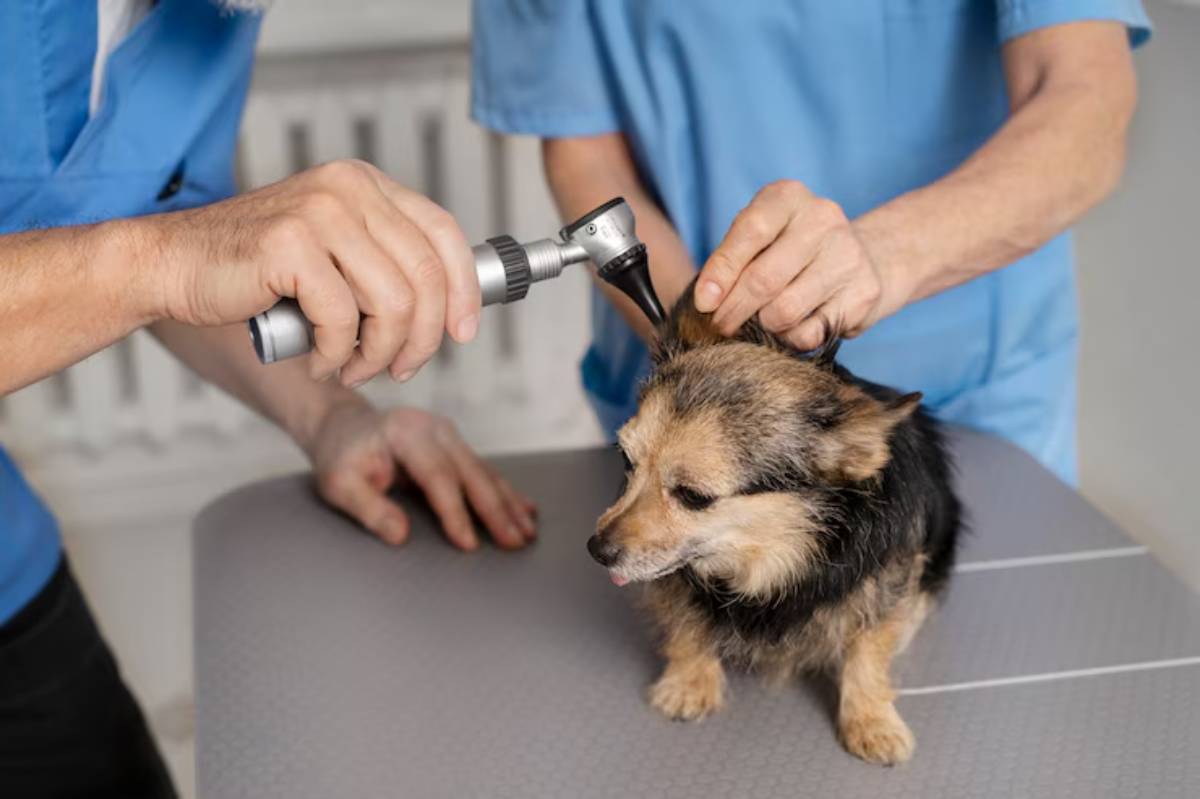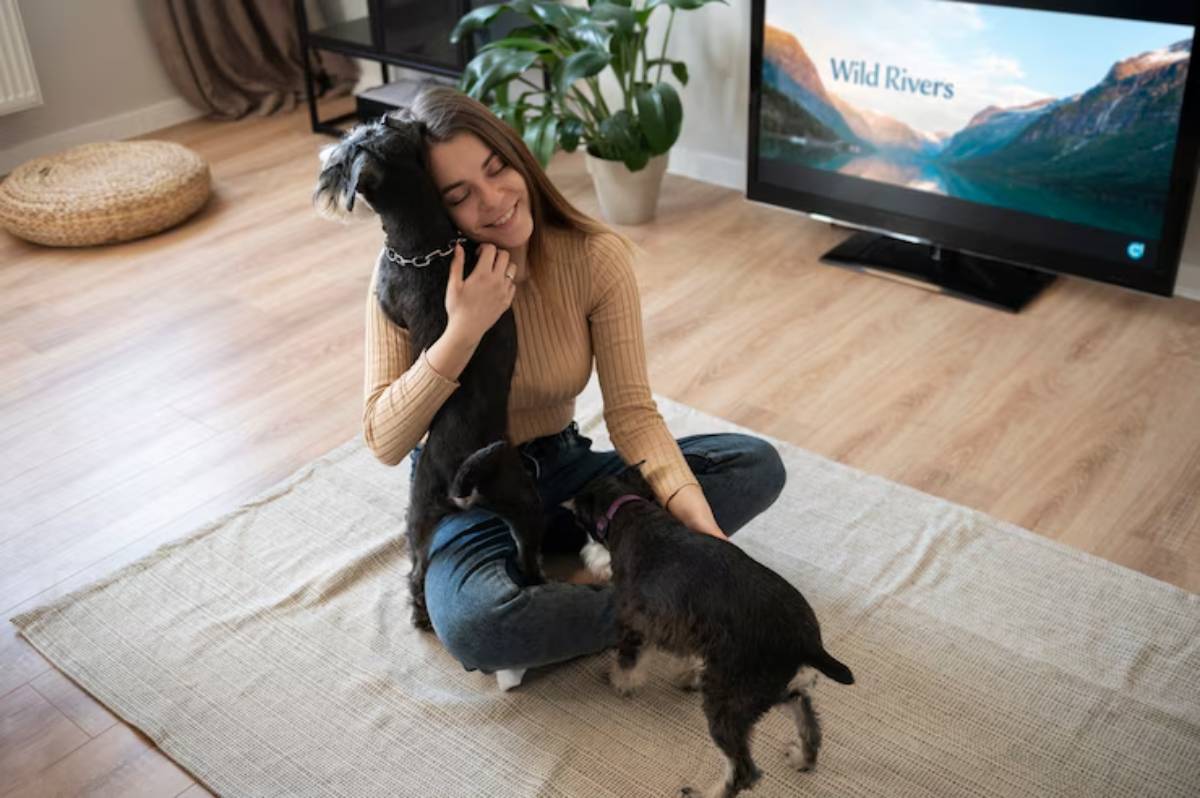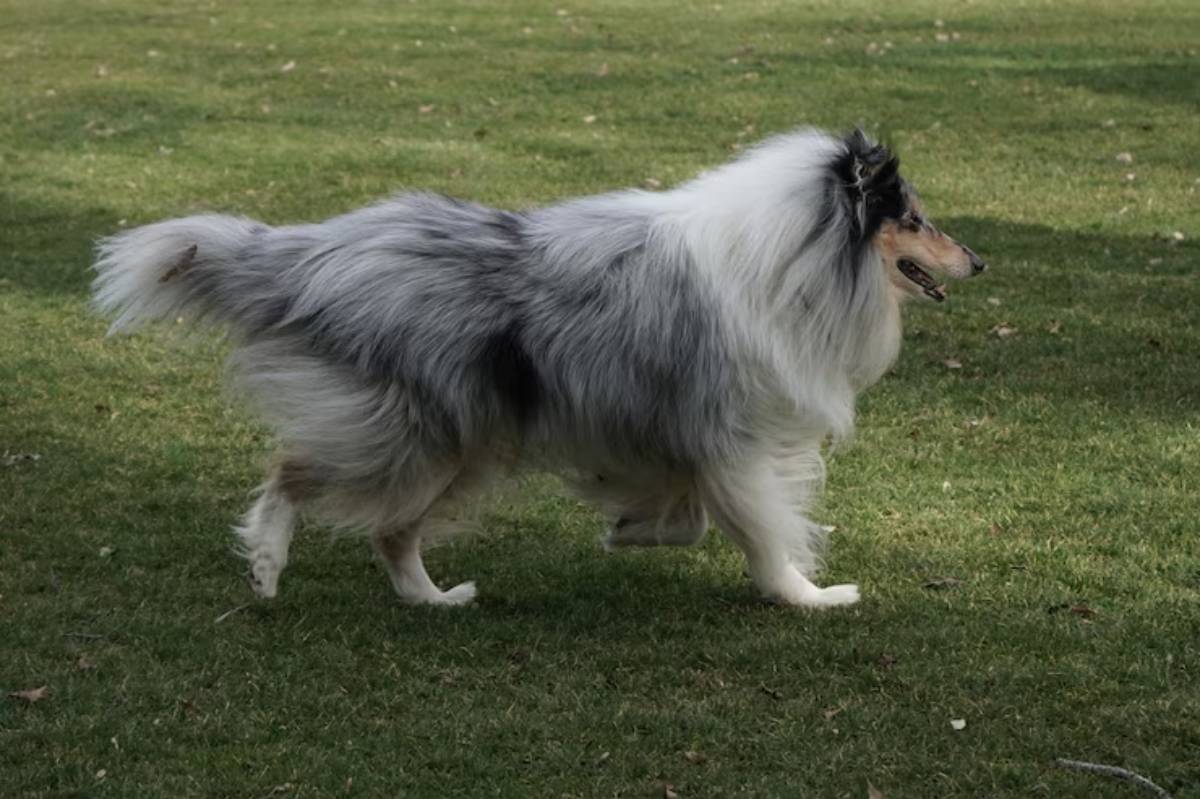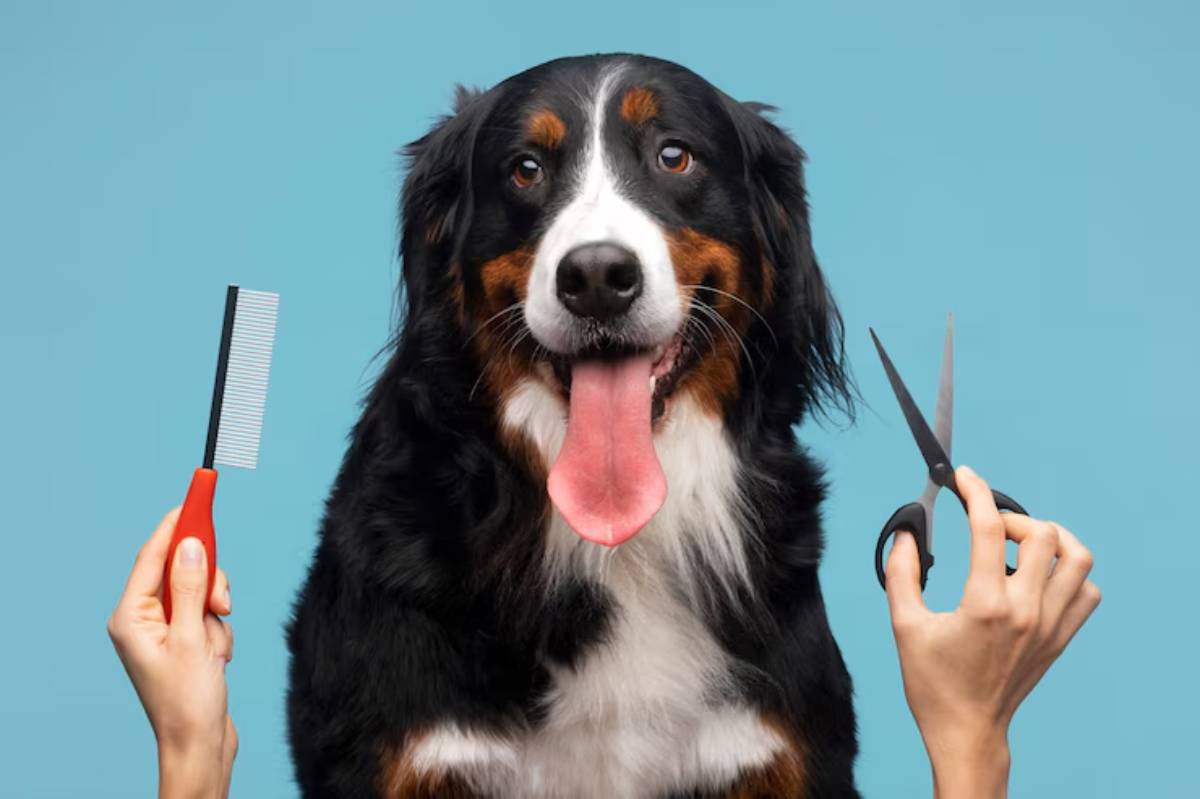
Spotting Skin Conditions While Grooming
Grooming is about more than just keeping your dog looking their best. It’s one of the most hands-on ways you can monitor your pet’s health—especially their skin. From lumps to rashes, flaking to hotspots, your grooming sessions are prime time for spotting early dog skin problem signs that might otherwise go unnoticed.
And the earlier you catch an issue, the easier it usually is to treat.
If you’re a dog owner who brushes, clips, or bathes your furry companion at home—or even if you take them to a professional groomer—it helps to know what to look for. Think of grooming as your front-line defence in keeping your dog comfortable, itch-free, and healthy.
In this article, we’ll cover how to spot dog skin issues during grooming, what those signs might mean, and how to act early before minor discomfort turns into a vet visit.
Why Grooming Is a Skin-Health Checkpoint

When you’re brushing or bathing your dog, you’re likely touching every inch of their body—something that doesn’t happen in daily life. This makes grooming the perfect opportunity for:
- Noticing changes in skin texture
- Feeling for lumps or bumps
- Spotting flaky, irritated, or oily patches
- Detecting parasites like fleas or ticks
- Smelling unusual odours that may signal an infection
You don’t need medical training—you just need awareness and consistency. Many skin issues start small. But the earlier they’re caught, the faster (and cheaper) they can be treated.
What Healthy Skin Looks (and Feels) Like
Before we dive into problem signs, it helps to know what you’re aiming for.
Signs of Healthy Dog Skin:
- Colour: Usually pink or black, depending on the breed, with no redness or inflammation
- Texture: Smooth and supple—not dry, flaky, or overly oily
- No scabs or wounds
- Coat: Shiny, clean-smelling, and even in density
- No persistent scratching or licking
By knowing what’s normal for your dog, you’ll be quicker to spot when something’s off.
What to Look for While Grooming
1. Lumps, Bumps, or Swellings
Feel for any growths or raised areas under the skin. While not all lumps are dangerous, some could be cysts, abscesses, or even tumours.
What to do:
- Note the size, texture, and location
- Monitor for growth or changes
- Consult your vet if anything is firm, growing, or causing pain
2. Redness or Inflammation
Red or irritated areas may signal allergic reactions, insect bites, or early infection.
Where to check:
- Underarms
- Groin
- Belly
- Between the toes
Sometimes these signs are seasonal or environmental—knowing your dog’s history helps spot patterns.
Grooming Tools Can Help You Detect Issues
Different tools give you different insights. For example:
- Slicker brushes uncover mats and clumps that hide irritation underneath
- Steel combs can gently scrape away to reveal dry skin or residue
- Deshedding tools can lift away loose fur and uncover flaky or greasy patches
Pair these tools with a consistent grooming routine. As we explain in how brushing promotes healthy dog skin, daily brushing supports circulation and helps you check for issues at the same time.
Common Dog Skin Issues and What They Look Like
Let’s break down some of the most common skin problems and how they might appear during grooming.
Hot Spots (Acute Moist Dermatitis)
- Raw, red, inflamed area—often moist or oozing
- Usually caused by constant licking or chewing
- Can appear suddenly, especially in thick-coated breeds
Dry Skin or Dandruff
- Flaking skin, especially near the shoulders or tail base
- May be seasonal (e.g. winter dryness) or related to nutrition
- Could also signal underlying allergies
Fleas or Flea Dirt
- Flea dirt looks like small black specks
- Common around the tail base, groin, or armpits
- Check by parting the fur and rubbing gently with a damp paper towel—flea dirt turns reddish
Ringworm
- Circular patches of hair loss
- Often scaly or red at the centre
- Highly contagious (to humans too!)
Allergic Dermatitis

- Red, itchy skin—often symmetrical (both sides of the body)
- May cause frequent scratching or ear infections
- Could be triggered by food, pollen, or cleaning products
Where to Pay Extra Attention
There are some “hot zones” on a dog’s body that tend to hide trouble spots. Focus here during grooming:
- Behind the ears: prone to matting and hidden rashes
- Under the collar: irritation or moisture buildup
- Groin and belly: thin fur makes issues more visible
- Paws and between toes: a hotspot for yeast infections and allergies
- Tail base: common area for fleas and dry skin
Use your hands as much as your eyes. Sometimes texture gives away more than sight.
When to Call the Vet
Grooming gives you insights—but don’t try to diagnose or treat serious conditions at home. If you notice any of the following, it’s time to seek professional advice:
- Lumps that grow or change shape
- Open sores, bleeding, or raw skin
- Persistent redness or swelling
- Skin that smells foul or yeasty
- Unexplained hair loss
- Scabs that don’t heal
Remember, your vet is your partner. Early checks could prevent chronic conditions or expensive treatments later.
Incorporating Skin Checks into Your Routine
The best way to make skin-checking a habit? Integrate it naturally into your regular grooming sessions.
Tips for Routine Checks:
- Brush slowly and mindfully: Don’t rush—this is your observation time
- Use consistent lighting: Groom in the same well-lit space
- Keep notes if needed: Especially if your dog is prone to flare-ups
- Reward your dog: Make the experience positive so they stay calm and cooperative
If you’re new to regular grooming, consider building a routine, starting with setting up a home grooming station. Having tools and products in one place helps you stay consistent and relaxed.
Don’t Forget the Emotional Benefit
Your touch isn’t just diagnostic—it’s bonding. Many dogs enjoy being groomed when it’s done calmly and gently. It builds trust and reassures them that you’re paying attention—not just to their coat, but their comfort and wellbeing too.
Your dog can’t tell you when their skin feels “off”. But with regular grooming and a trained eye, you don’t need them to.
Conclusion: The Power of Groomer’s Instinct
Grooming is often seen as cosmetic—but it’s anything but. It’s your chance to act like a skin detective, spotting small signs before they become serious problems. With consistent checks, good lighting, the right tools, and a bit of intuition, you’ll gain confidence in caring for your dog’s skin health.
From detecting parasites, to monitoring lumps, to simply noticing when their skin seems a bit dull—these small observations can lead to big improvements in your dog’s comfort and quality of life.
So next time you pick up that brush or shampoo bottle, remember: you’re doing more than cleaning. You’re caring. You’re checking in. And you might just be catching something no one else would have noticed.


